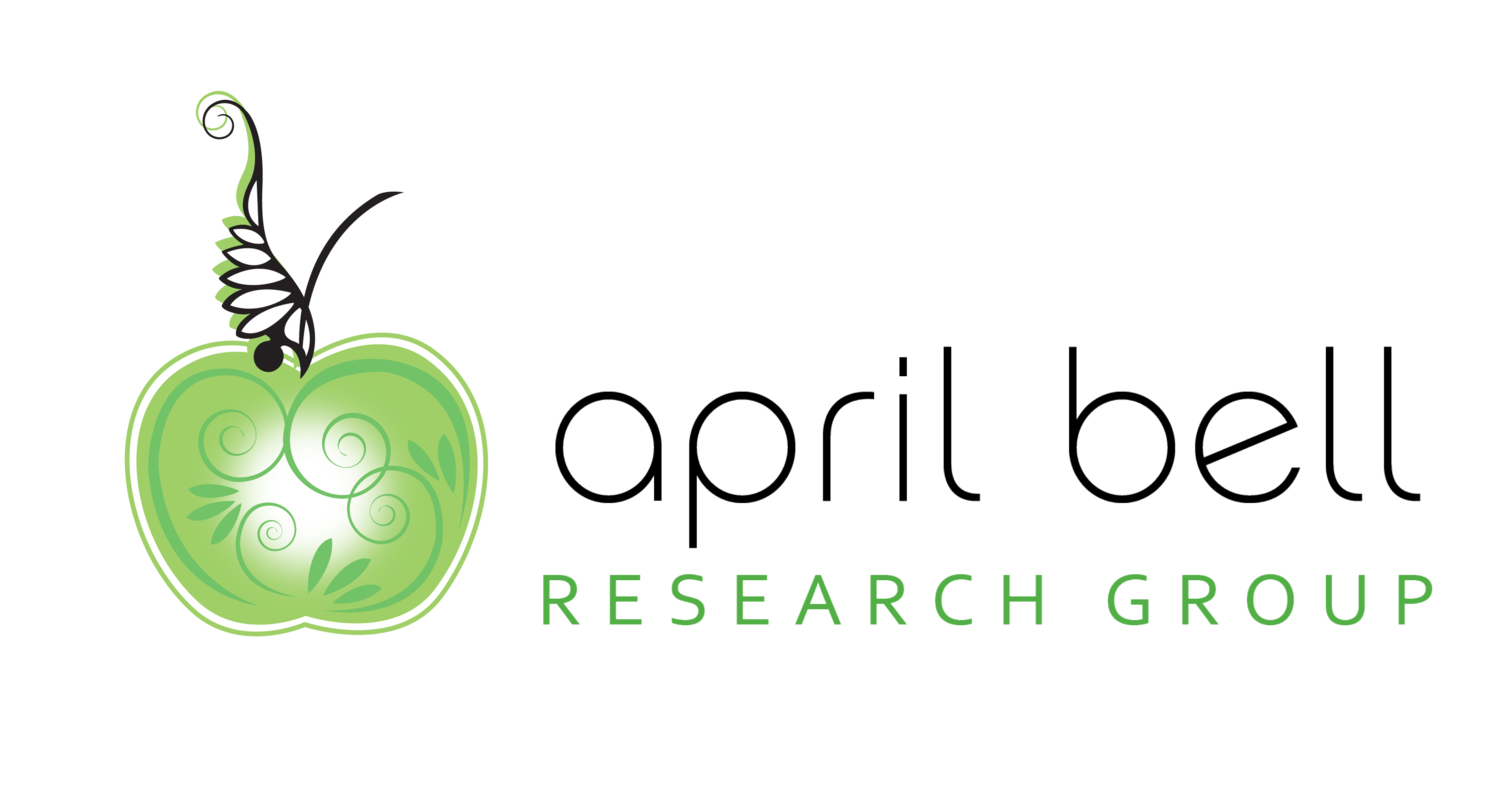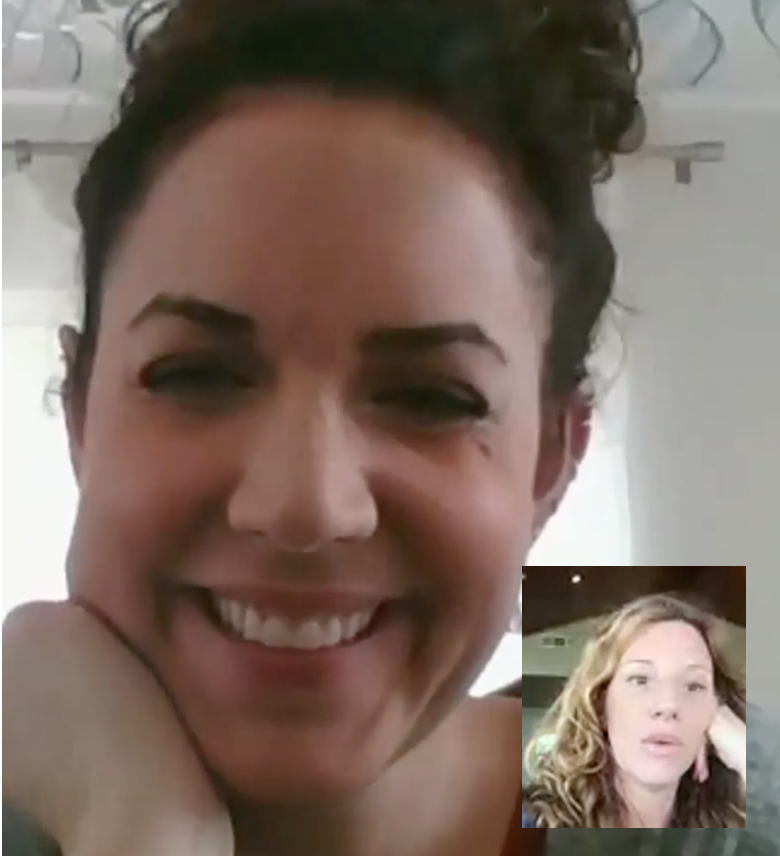As we continue down the COVID-19 journey, I have found myself aching somedays, and rejoicing others. As a way of coping with my own emotions, I decided to do what I normally do - interview others to understand their experience as a way of processing my own.
I talked to 11 women in-depth over Zoom webcam videos - across life stages, demographics, in the US, Peru, Italy and Argentina to better understand other’s emotional experiences and behavior changes as a result of COVID-19. Here are a few of many key “themes” or patterns that emerged. Noted: As with all qualitative research, this is not statistically valid. And I want to note that everyone I talked to had not been impacted by the virus (personally or experienced a loss of a loved one). However, there was a great degree of difference in the economic impact each individual was personally experiencing.
1 ~ Women are “Finally" Free to Feel -
One of the most interesting commonalities we saw was the level of unashamed “feelings” they were experiencing. Most striking to me was the rawness of feeling, ready and available, waiting to be released. Like a faucet with a super charged nozzle.
Ironically, this is unlike my 17+ years of experience interviewing women, where emotions lay dormant and suppressed waiting for enough space and gentle nudging in order for emotions to surface.
What time and social distancing has given to women is something unprecedented - the ability to experience the fullness of themselves - the freedom to feel their feelings.
2 ~ Individual Preference Trumps Group Norms
Women are accustomed to turning to others to help “figure out the unknown.” Google, friends, family and co-workers, have previously provided answers when women embark on something new - whether a new mom, learning a new recipe, or how to start a business.
But now, with no “map”, women are relying on their own self-sufficiency to “figure it out.” The women I spoke to have been relegated to figure out a new world without a map or guidebook in every level of their lives – whether it’s home schooling, learning new technologies in record speed, working virtually with competing demands, juggling basic needs - new food, sleep, and shelter norms, elderly and/or sick parents, how to shop, interact, do social “touches”- it is all being reconfigured.
And there’s not an answer on Google for “how to best do it.” When they do find a source for guidance, it usually differs from another source’s best recommendation. They are “playing by the rules put upon them” and working out new, original ways to solve their own problems.
Small business owner mediating between 2 experts she hired - an attorney and a CPA - to “figure out” how to secure a loan to keep employees paid.
Expat in Peru learning to “dry” clothes without a dryer while "working out" with filled water bottles.
Working mom who is learning to cook for the first time without recipes using snacks and ingredients she has at home.
3 ~ Experiencing the Extreme is Creating a Space for Emotional Balance
Because women are beginning to experience the fullness of their emotions - what is left in the wake of the emotional waves is a space for balance, “the in between.”
They spoke of so many paradoxes - beautiful gifts and horrific nightmares simultaneously, which causes extreme feelings –
“joyful moments I haven’t been able to sit with before”
“Justified anger that typically I would question but now I know it’s true and I don’t have to self-blame.”
"Deep sadness because seeing the loss all around me brings me to my knees."
All of this in such a small space of time appears to create an opening, a space, a pinhole for which to see the world in a more balanced way. It’s creating a window to see all of it - more conceptually. More holistically, more balanced.
4 ~ The Great Leveler is Self-Empathy
These women appear to empathize at a new level – first for themselves.
I saw more compassion for others than judgment.
I saw more questions instead of answers.
And as these women questioned everything and felt everything, their eyes seemed to open fully to OTHER’s emotions.
Interestingly, those who are experiencing a greater loss of physical freedom are still wanting greater empathy. “When I see my co-workers in the US talk about how hard it is while they are taking pictures outdoors in nature with their kids, I think to myself it’s not the same as it is here where I am on permanent lockdown and can’t leave the house without permission papers and on certain days – I wish they could see that.”
As they fully saw and experienced their own experience, they began to also see and feel through the eyes of other’s more deeply.
“You have to embrace your own vulnerability in order to understand what other’s problems are.”
“I feel for those who are in the front line, what it must be like for them. I can hardly deal with my own prison, let alone being fearful daily of my own life.”
The depth they were feeling their own emotions appears to correlate with the depth they were able to feel compassion vs. judgment for others.
“I wish they could see what a great time this is to experience their children.”
Vs.
“I am learning to be ok to just have a little cry every day to get it out of my system vs. taking the impossible moral high grounds.”
5 ~ Time is the Great Catalyst for Women Leaders to Rise Up
We didn’t recruit leaders specifically but it’s interesting that in all the interviews, regardless of age/stage, whether they were stay at home moms, running a business, retired or laid off: They were showing up for themselves and their family as holistic leaders in a way that they normally ONLY show up for others. These women were natural leaders in this crisis. This is a crisis that for some, is giving them something they need most: time to reflect.
This time appears to be giving women the ability to go inward, experience their emotions, and integrate that with their pragmatic minds in a way that solves holistically for everyone in their world.
Ironically, as these women used their "extra me time" to solve first and foremost for what they need, they were also solving for bigger problems as well:
A stay at home wife of an expat confined to her apartment for over 30 days created a private Facebook group allowing others to share ideas and positivity because she is needing to find connection outside her 4 walls.
A C-level leader in the financial industry is pushing back to her leadership, standing up for herself and employees due to “justified anger” by creating a conversation for “more down time” and greater connection virtually outside of “work mode.”
A retired veteran's wife is creating opportunities for her neighborhood by facilitating ways for neighbor kids to connect at a distance because she is fueled by her need to see her grandkids.
An entrepreneur is purchasing cupcakes from a local bakery and sending “goodies” to her clients because she is marrying her own need to stay in business with hope for her fellow local business owners.
These women are simultaneously finding ways to put salve on their inner emotional world while sending ripple effects into their outer world because they have more time.
6 ~ New Behaviors Emerging - Simultaneous Deeper Connection with Online & Nature
Ironically, this has created both a need for deeper connection with nature along with a deeper comfort with online connection.
Those 2 things have traditionally not worked together in unison, but in this case, the need to connect online - with peers, students, teachers, friends, family, and work associates - has created a bigger need to be outside more than ever before.
“The best part of my day is walking outdoors with my kids at 3:00 when we all need a break.”
“I don’t know if I’ll ever want to meet up for happy hour again when I can do it just as easily from my living room.”
These are 2 new behaviors that will likely continue because it’s a surprise to feel so emotionally connected with nature and to connect emotionally with others via “online socializing.”
So, these are just a few things I am digesting. I am also thinking about new ways to frame up “emotional needs” states, as well as next step implications and questions companies will need to address - both from a consumer lens as well as an organizational lens.
Here’s the greatest learning I’m getting - who we decide to “be” (as families, communities, organizations, and countries) is going to be as or more important going forward than what we decide to “do”.
























